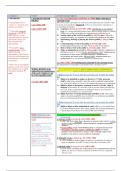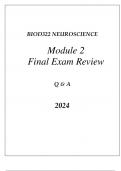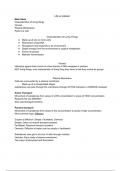Exam (elaborations)
*2024* LPC Commercial Law & Intellectual Property (CLIP) – BPP Distinction Level Notes & Step-by-Step Exam Solutions
- Module
- LPC - Legal Practice Course
- Institution
- LPC - Legal Practice Course
*Up-to-date 2024 Distinction level EXAM READY notes* for the CLIP elective module of the LPC at BPP University. *Achieved a grade of 96% with just these notes in the exam* *Suitable for students studying the LPC or LLM at the University of Law, BPP & all other universities* Contains a det...
[Show more]






